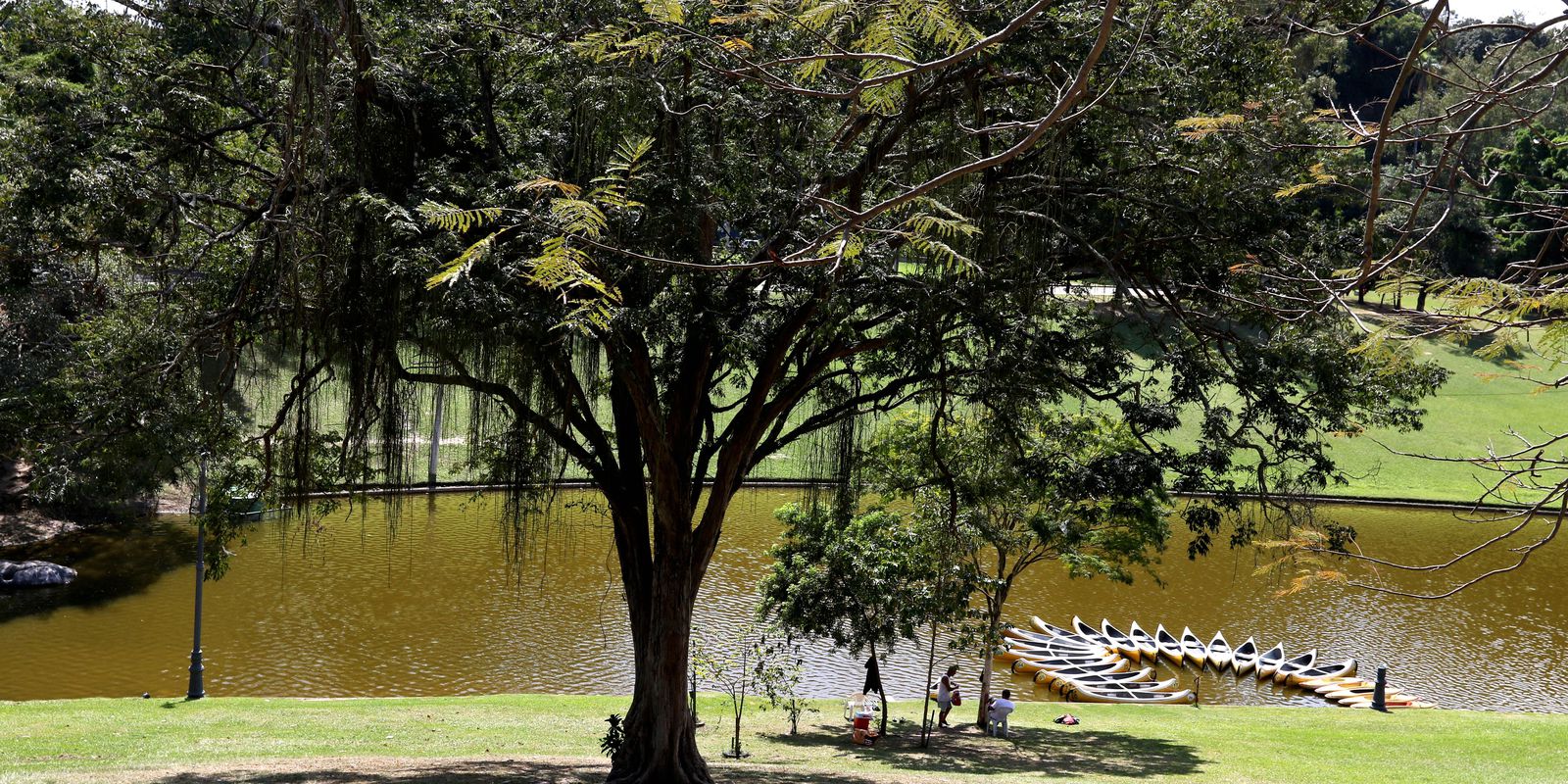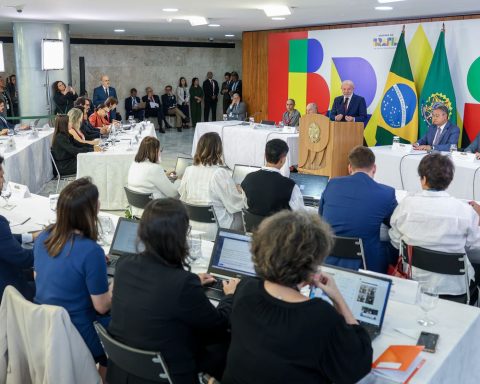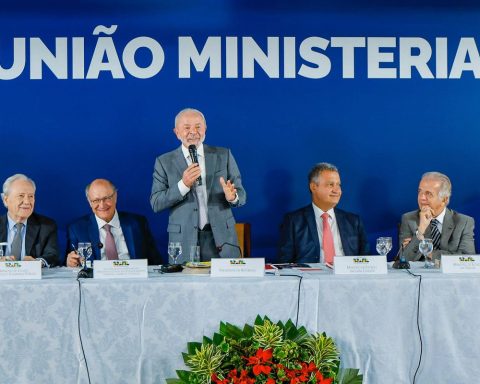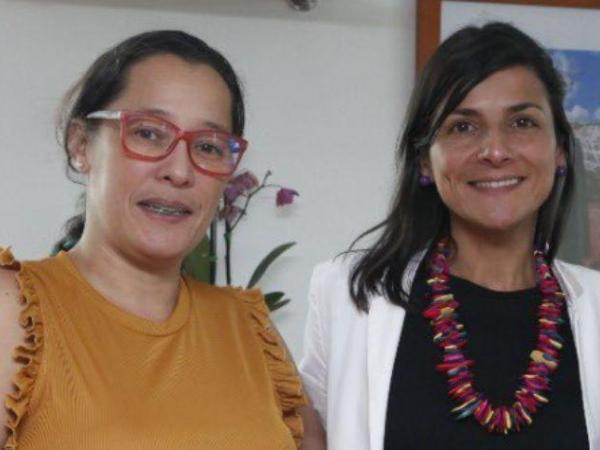An agreement signed between the National Bank for Economic and Social Development (BNDES) and the city of Rio de Janeiro provides for the concession of seven municipal public parks to the private sector. The block comprises four urban parks (Quinta da Boa Vista, Madureira Park, Aterro do Flamengo and Tom Jobim Park, in Lagoa) and three natural units (Penhasco Dois Irmãos Municipal Natural Park, Marapendi Complex, formed by the Marapendi Municipal Natural Park, and Nelson Mandela Municipal Natural Park).
The information was disclosed today (24) by the BNDES. An innovative model of structuring with anchor parks and satellites will be adopted, which will give Rio de Janeiro the possibility of increasing the number of parks granted, thus improving the management of public areas in the city.
The project provides for studies, structuring and holding auctions for blocks of parks that include, in addition to the seven leaders, equipment that is not economically viable to be granted separately. The agreement foresees that the private initiative will also maintain the non-leading areas.
Representativeness
According to the BNDES, the chosen set aimed to incorporate different regions of the municipality, in order to form a more representative group of assets. It will be up to the bank to carry out the structuring and complete diagnostic studies, the basic projects and the modeling of the best assets in the first instance (anchor parks), reducing risk by coupling profitable and non-profitable assets in a structuring package. The model also makes it possible to delegate a larger number of parks to private management.
According to the BNDES, the concession of parks to the private sector can expand investment and employment opportunities, stimulate economic development and reclassify surrounding areas, especially through actions focused on expanding and improving the infrastructure of environmental management services , offering new attractions and leisure options for the population.
In the bank’s evaluation, this type of project allows the public administration to update the master plans of the parks and elaborate strategic guidelines for the services to be granted, concentrating efforts on activities in which its presence is essential, such as planning and inspection. According to the proposed model, it is up to the concessionaire to improve the quality of the public service to support visitation, as well as to carry out support services for the conservation and protection of parks.
















